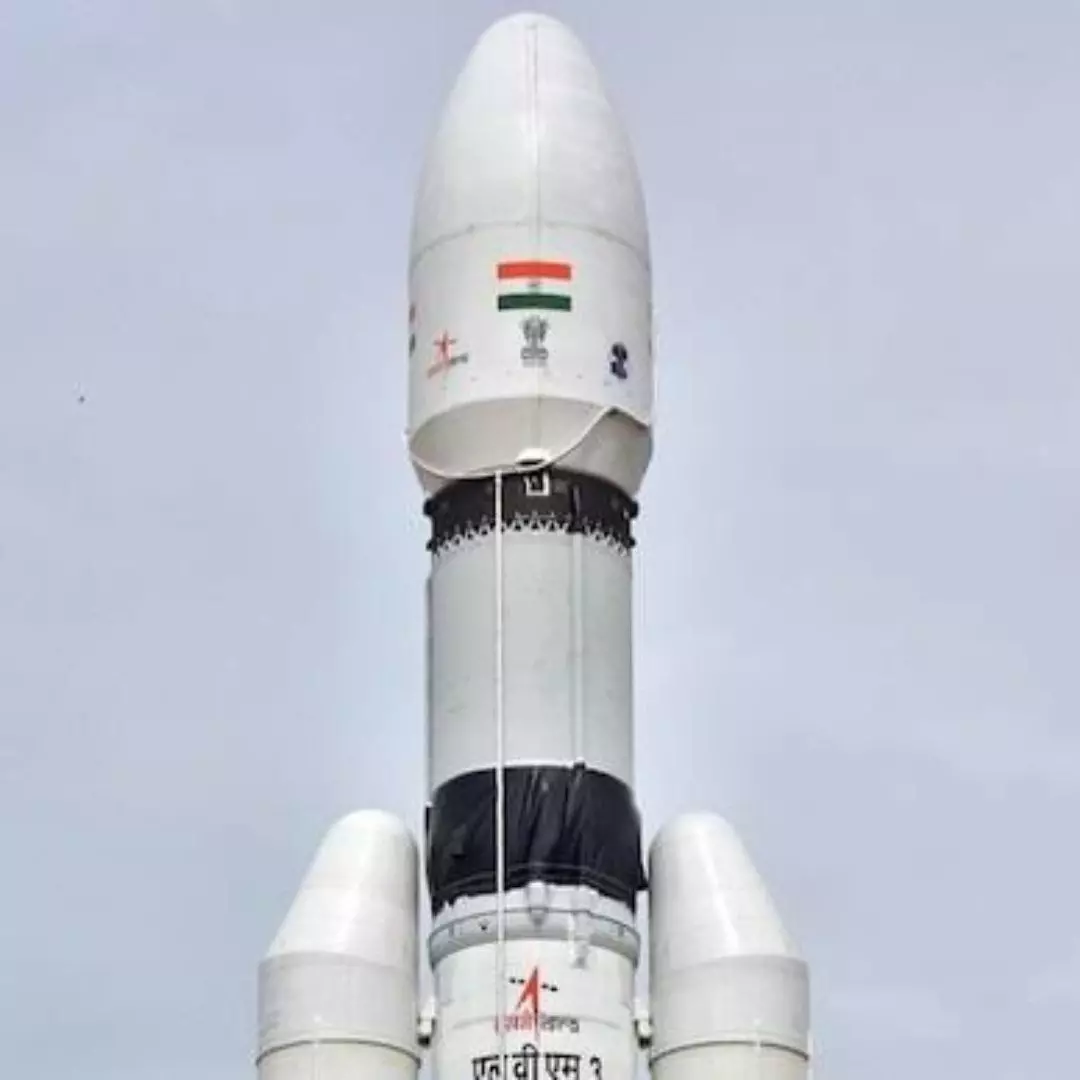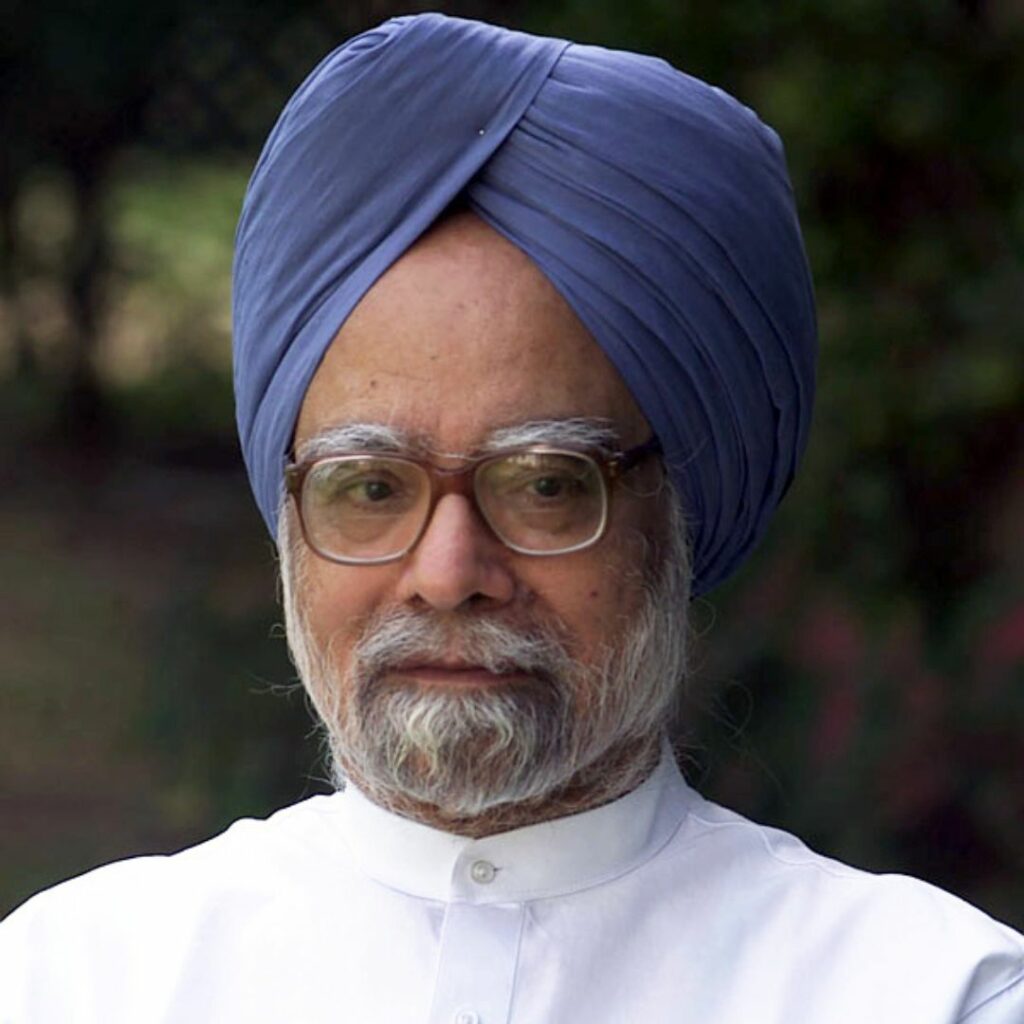After the setback of its unsuccessful lunar landing mission four years ago, the Indian Space Research Organisation (ISRO) is ready to embark on another journey to the Moon. ISRO’s heaviest rocket, the LVM3, is scheduled to lift off from Sriharikota on the upcoming Friday, carrying the Chandrayaan-3 spacecraft.
The launch is planned precisely for 2:35 pm on July 14. Within hours of liftoff, the powerful rocket will place the lunar spacecraft into an elliptical orbit around the Earth. In the following days, scientists will conduct a series of orbit manoeuvres to gradually raise the spacecraft’s orbit and position it on the Lunar Transfer Trajectory, bringing it closer to the Moon.
ISRO is determined to showcase a safe landing and the ability to explore the lunar surface, aiming to join the elite group of nations that have already accomplished this feat, including the United States, Russia, and China.
Taking lessons from the previous mission, ISRO has made several improvements and modifications. These include changes in the propulsion system and the addition of new sensors. A lander hazard detection and avoidance camera, along with a processing algorithm, has been incorporated. The lander itself has been strengthened to withstand potential failures that may occur after liftoff.
Important For Future Missions
Dr Seetha Somasundaram, former project director at ISRO’s Space Science Programme Office, expressed confidence in the upcoming mission, stating, “We have learned from our experiences and made necessary corrections based on thorough reviews. We are confident that we will achieve our objectives this time.”
LVM3-M4/Chandrayaan-3 ️ Mission:
Today, at Satish Dhawan Space Centre, Sriharikota, the encapsulated assembly containing Chandrayaan-3 is mated with LVM3. pic.twitter.com/4sUxxps5Ah
— ISRO (@isro) July 5, 2023
The upcoming Chandrayaan-3 mission will carry a payload weighing 3,900 kg, consisting of a lander, a rover, and a propulsion module that will remain integrated until reaching a 100km polar orbit around the Moon. Communication between the rover and the lander will be established during the mission.
The mission holds significant importance for future interplanetary endeavors. Dr. Seetha, one of the key scientists involved in the successful Mars Orbiter Mission (MOM) Mangalyaan, emphasizes the criticality of a safe landing for future interplanetary missions. As the world sets ambitious plans for lunar exploration, India aims to be well-prepared for these opportunities.
During its 14-day mission life, equivalent to one Lunar day, the Chandrayaan-3 spacecraft will conduct various in-situ experiments. It will study the thermal properties near the Moon’s polar region, measure seismic activity, and seek to understand the dynamics of the lunar system, reported News18
India’s First Lunar Mission
Launched in October 2008 by the Indian Space Research Organisation (ISRO), Chandrayaan-1 marked India’s first lunar probe. The mission consisted of a lunar orbiter and an impactor and operated until August 2009. Chandrayaan-1 played a vital role in boosting India’s space program, showcasing the nation’s indigenous technology for lunar exploration. Notably, the Moon Impact Probe, a part of Chandrayaan-1, successfully made a controlled strike on the lunar south pole, making India the fourth country to leave its flag insignia on the lunar surface. The estimated cost of the Chandrayaan-1 project was ₹386 crore (approximately US$48 million).
The mission aimed to survey the lunar surface over a two-year period, creating a comprehensive map of the chemical composition and three-dimensional topography. Of particular interest were the polar regions, which were speculated to contain water ice. Among its numerous achievements, Chandrayaan-1 made the groundbreaking discovery of widespread water molecules in lunar soil.
After nearly a year of operation, the orbiter encountered technical issues, including the failure of the star tracker and inadequate thermal shielding. Communication with Chandrayaan-1 ceased around 20:00 UTC on August 28, 2009. The ISRO officially declared the mission over at that point. Although the mission operated for 312 days instead of the intended two years, it successfully achieved most of its scientific objectives, including the detection of lunar water.
In July 2016, NASA utilized ground-based radar systems to locate Chandrayaan-1 in its lunar orbit, almost seven years after its shutdown. Over the next three months, repeated observations allowed for precise determination of its orbit, which varies in altitude between 150 and 270 km (93 and 168 mi) every two years.
Also Read: ‘Wife Employed Earlier Can’t Sit Idle & Seek Maintenance’: Karnataka HC
https://thelogicalindian.com/h-upload/2023/07/07/500x300_232494-photo2023-07-0715-39-08.webp
Trending
2023-07-07 10:17:53.0
Chandrayaan- 3 To Be Launched On July 14, Scientists Confident Of Historic Landing











